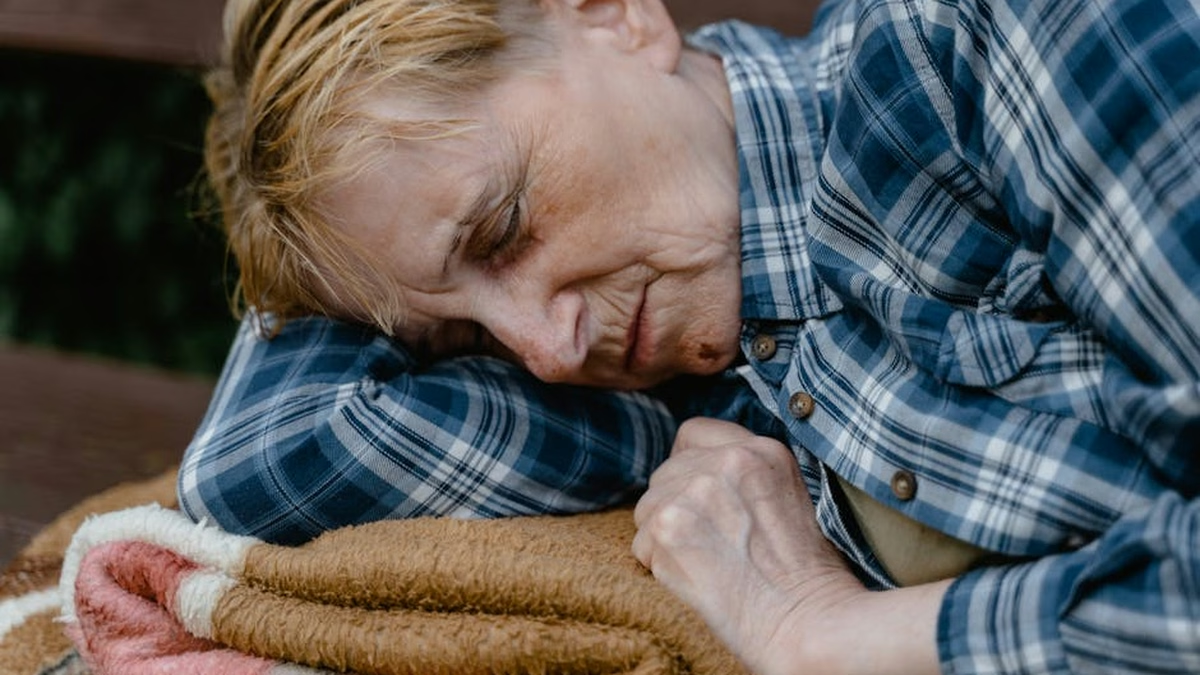Have you ever woken up and felt like you aged overnight? Or noticed new lines and creases that weren’t there yesterday? It might not be the passage of time, but rather the way you’re sleeping. The uncomfortable truth is that sleeping in the wrong position, on the wrong pillowcase, or with poor sleep hygiene can wreak havoc on your skin, leading to premature aging and a host of other skin problems. It’s a silent saboteur, stealing your youthful glow while you slumber. But don’t despair! Understanding the impact of your sleep habits is the first step to reclaiming your radiant complexion.
The Unseen Damage: Sleep Wrinkles and Compression
We spend roughly a third of our lives asleep, which means our faces are pressed against a pillow for hours each night. This constant pressure can lead to what are known as sleep wrinkles, or compression wrinkles. Unlike expression lines, which are caused by muscle movement, these wrinkles are formed by the repeated compression and distortion of the skin. Think of it like folding a piece of paper in the same place every night – eventually, a crease will form.
The Culprit: Pillow Position and Fabric
The position you sleep in plays a significant role. Side sleepers and stomach sleepers are particularly vulnerable to sleep wrinkles, as their faces are pressed against the pillow for extended periods. But it’s not just how you sleep, but what you sleep on. A rough cotton pillowcase can create friction and drag on the skin, exacerbating the problem. Consider these factors that contribute to wrinkles:
- Sleeping on your side or stomach: Compresses the face, leading to wrinkles on the cheeks, chin, and forehead.
- Rough pillowcases: Cause friction and drag, contributing to skin creasing.
- Lack of moisture: Dehydrated skin is more prone to wrinkle formation.
Beyond Wrinkles: Other Skin Problems Caused by Poor Sleep
Sleep deprivation and poor sleep habits can impact more than just wrinkles. They can also contribute to a range of other skin problems, including acne, dullness, and dark circles. When you don’t get enough sleep, your body produces more cortisol, a stress hormone that can trigger inflammation and oil production, leading to breakouts. It’s a vicious cycle – stress from lack of sleep causes acne, and acne causes more stress, further disrupting sleep.
Also Read: Can Sleeping on One Side Affect Your Face Shape? Unveiling the Truth
The Cascade of Effects: Acne, Dullness, and More
The effects of sleep deprivation on your skin are far-reaching. Insufficient sleep impairs your skin’s ability to repair itself, leading to a dull and tired complexion. It also affects blood flow, which can result in dark circles and puffiness under the eyes. Here’s a breakdown of the common skin issues associated with poor sleep:
- Acne breakouts: Increased cortisol levels stimulate oil production and inflammation.
- Dull and uneven skin tone: Impaired skin repair processes lead to a lackluster complexion.
- Dark circles and puffiness: Reduced blood flow and fluid retention contribute to under-eye concerns.
- Exacerbation of skin conditions: Eczema, psoriasis, and other inflammatory skin conditions can worsen with sleep deprivation.
Reclaiming Your Beauty Sleep: Practical Solutions
The good news is that you can take steps to minimize the damage and protect your skin while you sleep. By making a few simple changes to your sleep routine and environment, you can significantly improve your skin’s health and appearance. Prioritizing quality sleep is an investment in your skin’s future.
Simple Strategies for a Skin-Friendly Sleep
Here are some practical tips to help you optimize your sleep for better skin:
- Switch to a silk or satin pillowcase: These smooth fabrics reduce friction and drag on the skin, minimizing sleep wrinkles.
- Sleep on your back: This position minimizes facial compression and prevents wrinkles. If you’re a side or stomach sleeper, try using pillows to support your body and discourage you from rolling over.
- Stay hydrated: Drink plenty of water throughout the day to keep your skin hydrated and plump.
- Use a humidifier: Adding moisture to the air can prevent your skin from drying out overnight.
- Establish a consistent sleep schedule: Going to bed and waking up at the same time each day helps regulate your body’s natural sleep-wake cycle, promoting deeper and more restful sleep.
- Incorporate a nighttime skincare routine: Cleanse, tone, and moisturize your skin before bed to remove makeup and impurities and hydrate your skin. Consider using products with ingredients like retinol or peptides, which can help boost collagen production and reduce wrinkles.
The Power of Prevention: A Long-Term Investment
Taking care of your skin while you sleep is not just about preventing wrinkles; it’s about investing in your overall health and well-being. Quality sleep is essential for cell regeneration, hormone balance, and stress reduction, all of which contribute to healthy, radiant skin. Think of it as a nightly spa treatment, working its magic while you rest. By adopting these simple strategies, you can wake up feeling refreshed and confident, knowing that you’re doing everything you can to protect your skin and maintain a youthful glow.
So, tonight, as you prepare for bed, remember that your sleep habits have a profound impact on your skin. By making conscious choices about your sleep position, bedding, and routine, you can prevent damage and unlock the secrets to truly radiant skin. Sweet dreams, and even sweeter skin!






2 thoughts on “Sleeping Wrong? Here’s How It’s Destroying Your Skin Over Time”
Comments are closed.